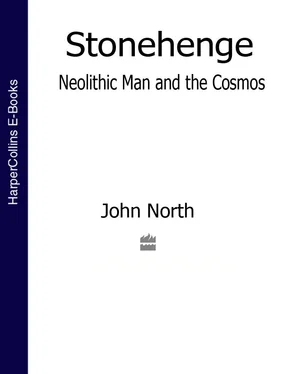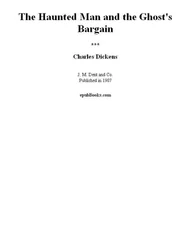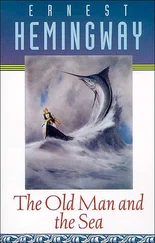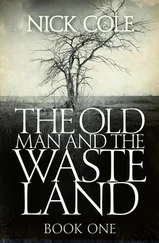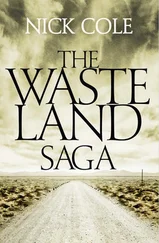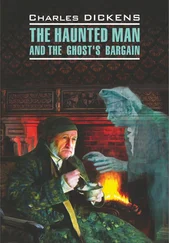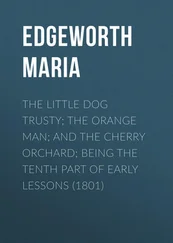micaA mineral (often aluminium silicate) occurring as small glinting flakes in granite and other rocks.
micaceousContaining mica.
microlithA very small stone tool, in some instances meant as part of a larger tool (for example as a blade fitted in a haft).
middenIn general use now a dunghill, but in archaeological use a rubbish dump, often containing bones, shells, and charcoal.
MinoanThe name applied by Sir Arthur Evans to the Bronze Age civilization of Crete (3000 to 1000 BC, divided by him into three periods, Early, Middle and Late).
mortiseA cavity cut into wood or stone into which fits the end (or some part) of another piece of wood or stone (this being called a tenon) so forming a joint. The Stonehenge lintels had mortises into which fitted tenons at the tops of the uprights. This was obviously copied from earlier practice with timbers.
Mortlake wareA characteristic form of late Neolithic pottery with thick rims and heavy decoration. See Peterborough ware.
mortuary houseA house of the dead, in some cases of stone and in others of wood, wattle and daub, as in houses of the living. Used for the deposit of the corpse, and occasionally offerings, at the time of burial. The starting point of many burial mounds.
MycenaeanA mainland Greek civilization that developed in the late Bronze Age, which in its early period (sixteenth century BC or before) was strongly influenced by the Minoancivilization. Named after the place Mycenae, although the term is applied more extensively.
NeolithicThe period (literally ‘New Stone {Age}’) in which agriculture was first practised, pottery was made, and fine tools mainly in stone, all of these things being eventually the subject of trade. Typical monuments of the period were the long barrows and causewayed enclosures. The period in southern Britain can be conventionally taken as lasting from about 4500 BC to about 2800 BC.
nodeA point where two great circles on the celestial sphere intersect (see Appendix 2). Two great circles of much importance are the apparent paths of the Sun and Moon through the stars, and the lunar nodes (where they cross) are of especial interest since eclipses take place when the Sun and Moon are at or near them. The lunar nodes are not fixed but moved slowly round the sky in a sense counter to the Moon’s monthly motion, completing the circuit in about 18.6 years.
obol or obolusA silver (or later bronze) coin of ancient Greece, which was often placed in the mouths of the dead as a fee for the ferryman Charon, who conveyed the shades of the dead across the rivers of the lower world. The tradition was taken over by the Romans.
ooliteA form of limestone, in which the calcium carbonate adopts a granulated form around grains of sand. Usually fossil-bearing.
Ordnance Datum(OD) The level with reference to which ground levels (heights and depths) are quoted in the Ordnance Survey.
orthostatAn upright stone.
PalaeolithicThe period (literally ‘Old Stone {Age}’) of human existence when stone tools first played an important technological part in human evolution. There are many definitions, but the Palaeolithic period is often conventionally taken to have lasted to the end of the last Ice Age, about 10,000 years ago, and to have begun around 700,000 years ago. Britain was occupied intermittently during certain warmer periods of this long stretch of time, which is usually divided into Lower (say to 200,000 years ago), Middle (up to between 40,000 and 30,000 years ago) and Upper Palaeolithic (continuing to about 10,000 years ago).
passage graveGeneral term for a tomb in which a long stone passage leads into a burial chamber, the whole being then covered with a mound of stone or earth.
pavingUsually flat stone slabs covering the ground.
post pipeThe space in the ground left after the decay of a post, or its filling. Its precise size and constitution depends on local circumstance (outside pressure, the treatment of the original post, surrounding soil, and so on).
Peterborough warePottery of a style associated with the second half of the third millennium BC in southern Britain (as far north as Yorkshire). Typical is the heavily ornamented necked bowl, at first with a rounded base, later in a flat-based form. The ornament is often added with a twisted cord impression. S. Piggott recognized three distinctive styles: Ebbsfleet, Mortlake and Fengate.
precession (of the equinoxes)The slow drift of the equinoctial points (see equinox) round the sky (the apparent sphere of stars). The effect is that the measured ecliptic longitudes of the stars increase by about 1.5° per century, but it also means that what stars are visible, and where precisely they rise and set over the horizon, change with time—and change substantially over millennia.
quernA device in which grain is ground, usually comprising two discs of stone, the lower one hollowed and fixed, the upper rotated or moved from side to side by hand.
radiocarbonA radioactive isotope of the element carbon, used as an indicator of the time that has passed since the death of a specimen of organic matter (wood, bone, antler, etc.). See Appendix 1.
reaveA land boundary.
resistivityA measure of relative electrical resistance, in archaeology usually that of the soil. (The term is usually defined as the resistance measured across a specimen of certain standard dimensions.) Variations in resistivity may indicate past soil disturbance (ditches, post holes, etc.) or the existence of buried material (stones, the remains of posts, etc.).
revetmentA retaining wall, usually of stone, timber or turf, supporting a rampart or mound, or even the side of a ditch.
rhombor rhombusA parallelogram with four equal sides. A lozenge-shaped plane figure.
rhytonA vessel from which libationsare poured. (From the Greek.)
Rinyo–Clacton wareA major pottery style of the late Neolithic, with typically linear patterns and a more homogeneous form than that of Peterborough ware. It tends to have a bucket shape with thick walls and a flat base, and to be poorly fired. Known throughout Britain (found at Rinyo in Orkney and Clacton in Essex, of course), it is rare in Ireland. S. Piggott used the name to replace the more descriptive grooved ware, which carries no implication of a single material culture responsible for it, but which some regard as too narrowly defined.
sabbathOriginally the seventh day of the week, a day of religious rest as enjoined on the Jews of Israel; more generally, any comparable periodic day of rest.
sarsenA form of micaceous sandstone (see mica), as used for the larger stones at Stonehenge. The word was perhaps peculiar to the Wiltshire region.
scaling postsThe name given here to the timber posts, traces of which are often found under the high end of a long barrow. They are not symmetrically placed, and it is here argued that they provided a guide to the astronomical architecture of the barrow.
shardor sherdA fragment of broken pottery.
solsticeThe times of year at which the Sun is at its maximum northerly or southerly declination. The days are then at their longest and shortest respectively. These times are traditionally called midsummer and midwinter, although astronomers, among others, define the beginnings of summer and winter in terms of them. They occur now around 21 June and 21 December, but it makes little sense to ask for equivalent Neolithic dates, when there was no comparable calendar. At the winter solstice, the Sun’s noon altitudeis at its lowest, and at the summer solstice it is highest.
Читать дальше
